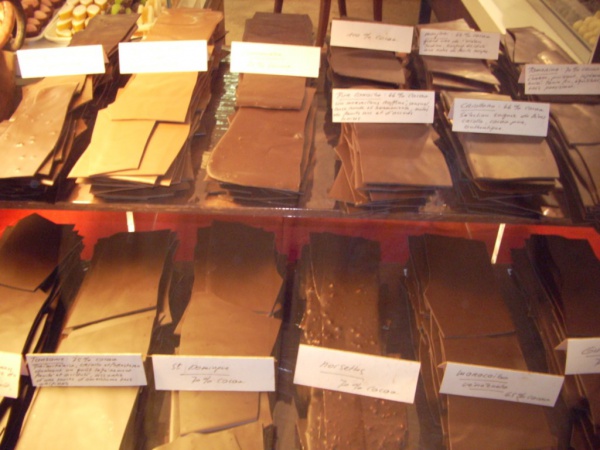Facts About Swiss chocolate
Swiss chocolate is world-renowned for its exceptional quality. While ingredients such as cacao beans and sugar may be sourced from other regions, the magic happens entirely in Switzerland. The country has built a stellar reputation through various famous chocolate brands and is a pioneer in the production of milk chocolate. Notably, the first solid milk chocolate was created in 1875 by Swiss confectioner Daniel Peter, who used condensed milk invented by Henri Nestlé.
The story of Swiss chocolate dates back to the 17th century, with significant advancements occurring in the 18th and 19th centuries. During this period, several iconic chocolate factories were established, including Cailler, Favarger, Suchard, Kohler, Sprüngli, Maestrani, Lindt, Frey, Tobler, and others. Swiss chocolate began to gain international acclaim in the latter half of the 19th century, owing to innovations such as milk chocolate and the conching process.
Although the Swiss chocolate industry has always focused on exports, World War II led to commercial restrictions that caused a shift towards outsourcing production. Today, most Swiss chocolate is consumed domestically, with Switzerland boasting the highest chocolate consumption per capita in the world. For example, in 2004, Switzerland produced 148,270 tonnes of chocolate, a significant portion of which was exported to countries like Germany, France, the United Kingdom, and North America.
The Swiss chocolate industry is well-organized, with associations such as Chocosuisse and the Convention chocolatière suisse dedicated to safeguarding producers' interests and maintaining high quality standards. With its rich history and unwavering commitment to excellence, Swiss chocolate remains a heavyweight in the global market.

 Italy
Italy